Do you know what it means to be “on the spectrum?”
Individuals on the spectrum see and do things differently due to the way their brains function and this is reflected in their behaviour and the way they communicate.
But should this condition be seen as a disability?
The Oscar-winning 1988 movie Rain Man, starring Dustin Hoffman and Tom Cruise, catapulted autism into the popular consciousness but also started a stereotype that stuck for years. More recently, a Netflix reality show, Love On The Spectrum, captured a better snapshot of how people with autism love and live their lives.
Just like how there is no single “normal” or “correct” functioning of the brain, the behaviour of each individual should be embraced as their unique defining characteristic.
Many people believe that we should accept these differences, similar to how we embrace the diversity that comes from different races and religions, cultures and countries.
This is how 17-year-old Andrea Lim sees her 15-year-old brother, Adam, who was diagnosed with autism at the age of two. “He is no less than others just because he is a little different from the majority,” she says.
Her wish is to raise awareness for individuals on the spectrum and to spread hope among families with neurodiverse individuals. This is why Andrea started an Instagram account called neurodiversecanvas five months ago where she posts content on the topic of autism, a subject she holds close to heart.
What is Autism Spectrum Disorder (ASD)?
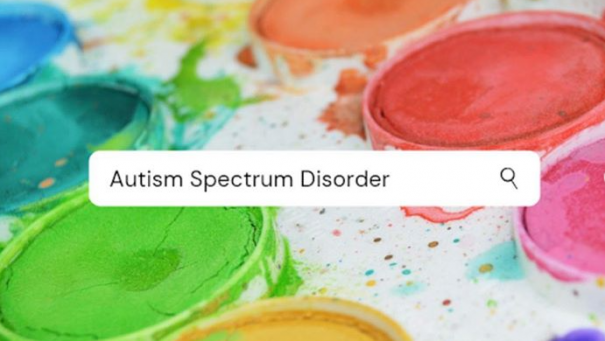
There is still no known single cause of autism, and there is no cure for it, although there are certain treatments and medication that can alleviate some of the conditions an autistic child might have. In general, individuals with autism are resistant to change, have difficulty interacting with people, are highly sensitive to light and sounds and have repetitive behaviour or speech patterns.
Andrea tells The Pride that individuals with autism tend to have unevenly developed skills, such that some may be unusually good in specific areas, for example in math, problem-solving skills or arts while fairing poorer in other fields.
“Each case of autism is special in itself, which all the more makes each individual unique!” Andrea says excitedly.
Andrea tells the Pride her motivation was to share her personal experience of living with a loved one who is on the spectrum.
“I think people previously used to discredit the hard work my family puts in to take care of my brother. It really takes a lot of time and effort, and as much as all the pages that raise awareness paint a rather flowery picture of living with an autistic individual, there is a lot of money and energy pumped into teaching them.”
She adds: “Over the years, I notice that people may be aware of ASD, but are still unaccepting towards their differences. Most of the more popular pages I chanced upon that raise awareness seemed to not include many details on what living with these individuals are like or how they act or feel or think.
“I wanted to present a more personal side to what living with someone with autism is really like so people would truly understand what it is like to have autism, and hopefully allow people to be more welcoming towards them in society.”
What does it mean when a meltdown happens
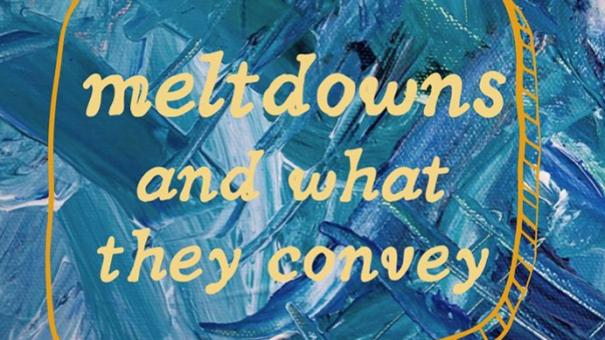
Some of us may have seen a person with autism have a public outburst and often are in a quandary over how to process it. How much do we understand about these meltdowns? Are they just tantrums that can be controlled?
Andrea highlights in one of her Instagram posts that it is important to understand why autistic individuals sometimes have outbursts.
Because they are less able to express themselves in a socially acceptable way, they resort to crying, shouting and flailing about as their way of releasing emotions to convey their thoughts and feelings.
Says Andrea: “Meltdowns are not tantrums. Individuals experiencing these meltdowns do not mean to cause harm or confusion, and they are often overwhelmed to the point that they lose control over what they are doing.
“Compared to tantrums, these individuals cannot just calm down when appeased with what they like. They take time to de-escalate and let their emotions loose. I believe they deserve to have their needs heard.”
Andrea tells the Pride that she usually curates her posts based on her experiences with her brother.
Recounting a past encounter, she says: “A few years back, my brother developed a bad habit of peeing in public car parks. One time, two women saw him and shot disapproving looks at him. Hoping they would understand, I approached them to explain why he did what he did but I was in vain. Without bothering to listen, the two women scolded us, “at least teach him,” and strutted off.”
Andrea is thankful that her brother does not register or understand the degrading comments or looks that he gets from some people around him on a daily basis,
She tells The Pride: “It is never their fault for not understanding or being unable to socialise or communicate. Neither is it easy to teach a child with autism due to their inability to self-access what is socially acceptable and understand and differentiate between right and wrong.”
In one of her posts where she talked about how to engage individuals with autism, Andrea says: “It will make things easier if everyone can take the initiative to engage with them,” explains Andrea adding that “Individuals with autism do lack social cues, but you going up to them presents them the opportunity to learn to interact as well.”
When asked what can help to normalise neurodivergence in the community, Andrea shares that the best way is for greater interaction with these individuals.
It’s one thing to know about autism and yet another to understand it, especially when it comes with so many nuances, says Andrea.
She says: “People tend only to see the negative side of autism but not the positive. This prevents people from appreciating autistic individuals and the unique way their minds work.
While Andrea admits that it isn’t easy to live with someone with autism, she chooses to see the silver linings.
“As much as these disabilities are undesirable, and I think it’s about acceptance and appreciation, to just see the beauty in these individuals even though they are different.”
Greater change for the autistic community
Andrea also wants to go beyond just sharing her brother’s experiences. She wants to provide a platform for people who deal with autism or other groups in the neurodiverse community to share their stories.
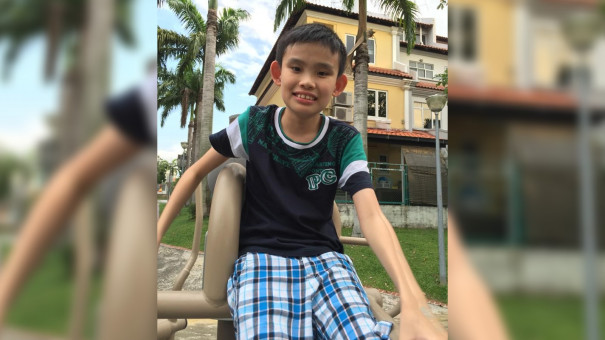
Says Andrea: “My brother can be on one part of the spectrum, but he does not represent the rest of the community.
“I want to help encourage greater awareness for this community and prompt greater acceptance through understanding.”
“I would really appreciate the diverse voices of the public in finding out what people think about individuals with autism, about their differences, their habits, their potential, anything!”
Fitting into the community
Andrea shares with The Pride that the biggest worry of many families of autistic individuals is what happens after they graduate from special-needs schools. How would they contribute to society as adults and how can they reach a level of independence where they don’t have to rely too much on their families?
It is encouraging to know that the Government is putting new accreditations in place to encourage businesses to be more inclusive, but more has to be done to help employers see that hiring people with disabilities is a new norm. To help empower people with disabilities to stand up as equals, we should offer a hand up and not treat them as if they need a handout.
Says Andrea: “Sometimes I worry about what my brother’s future entails. I wonder if he will get a job, if he will need us to take care of him forever, if he will live a meaningful life. But I believe that wherever he is placed in the future, he will be useful to society.”
Other stories you might like
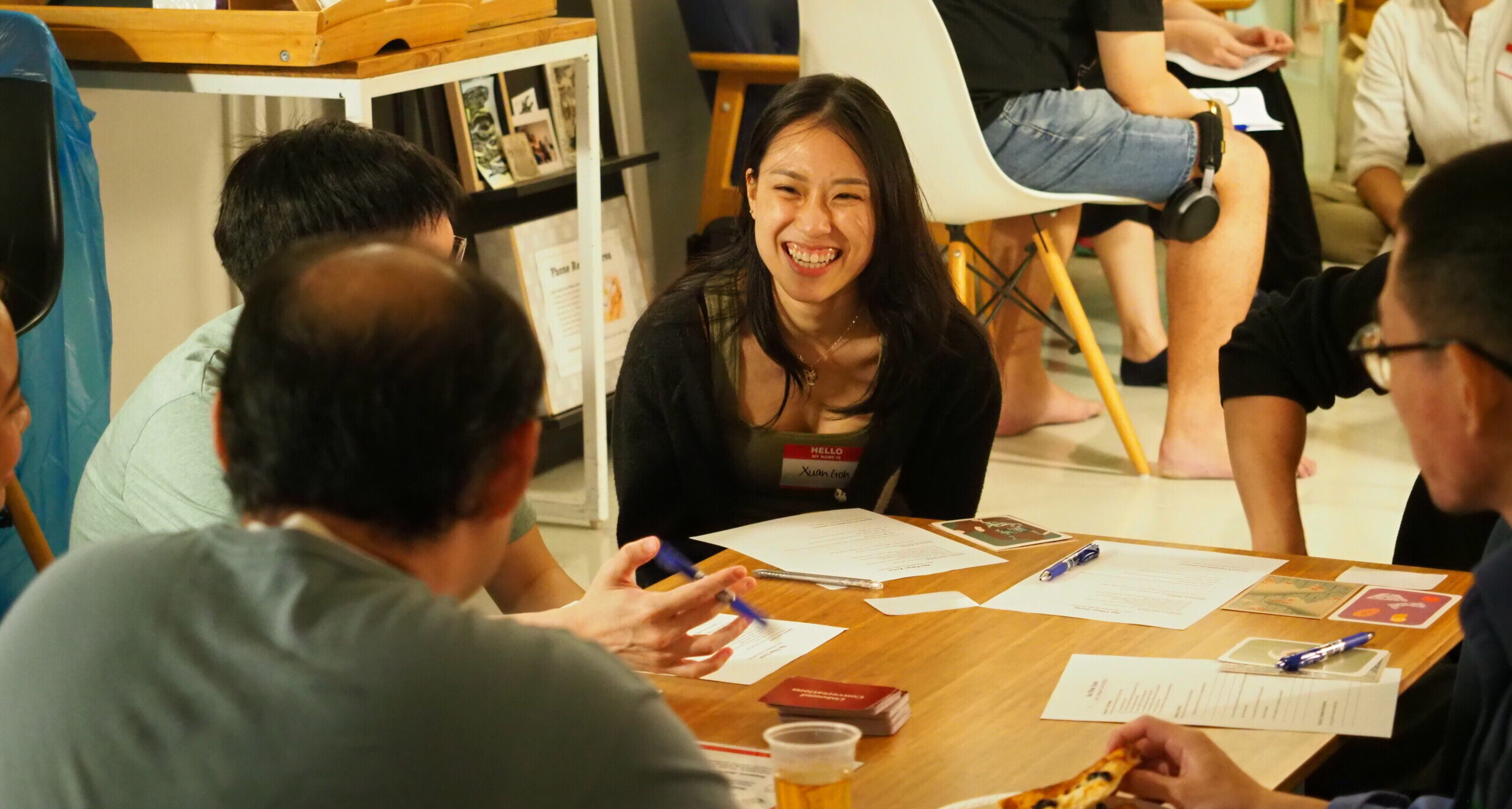
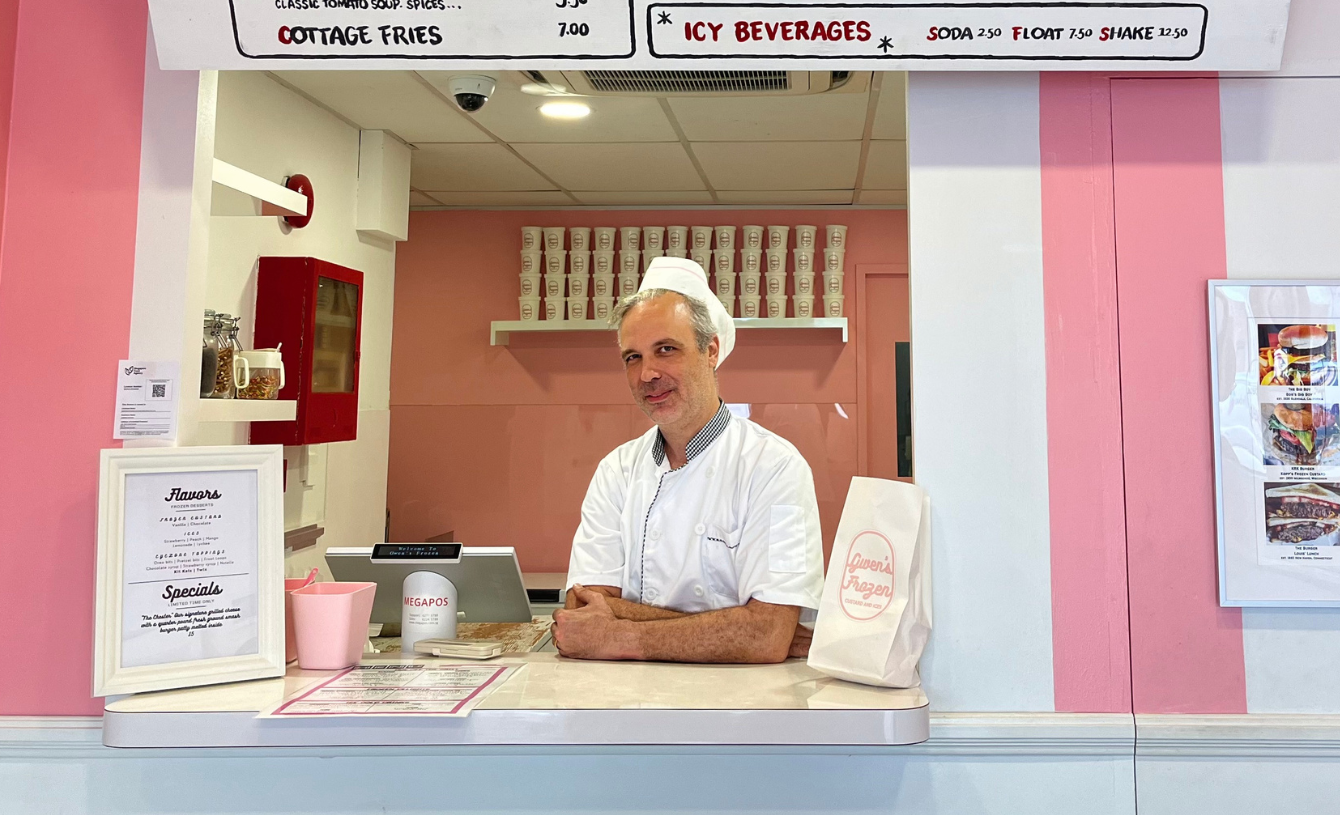

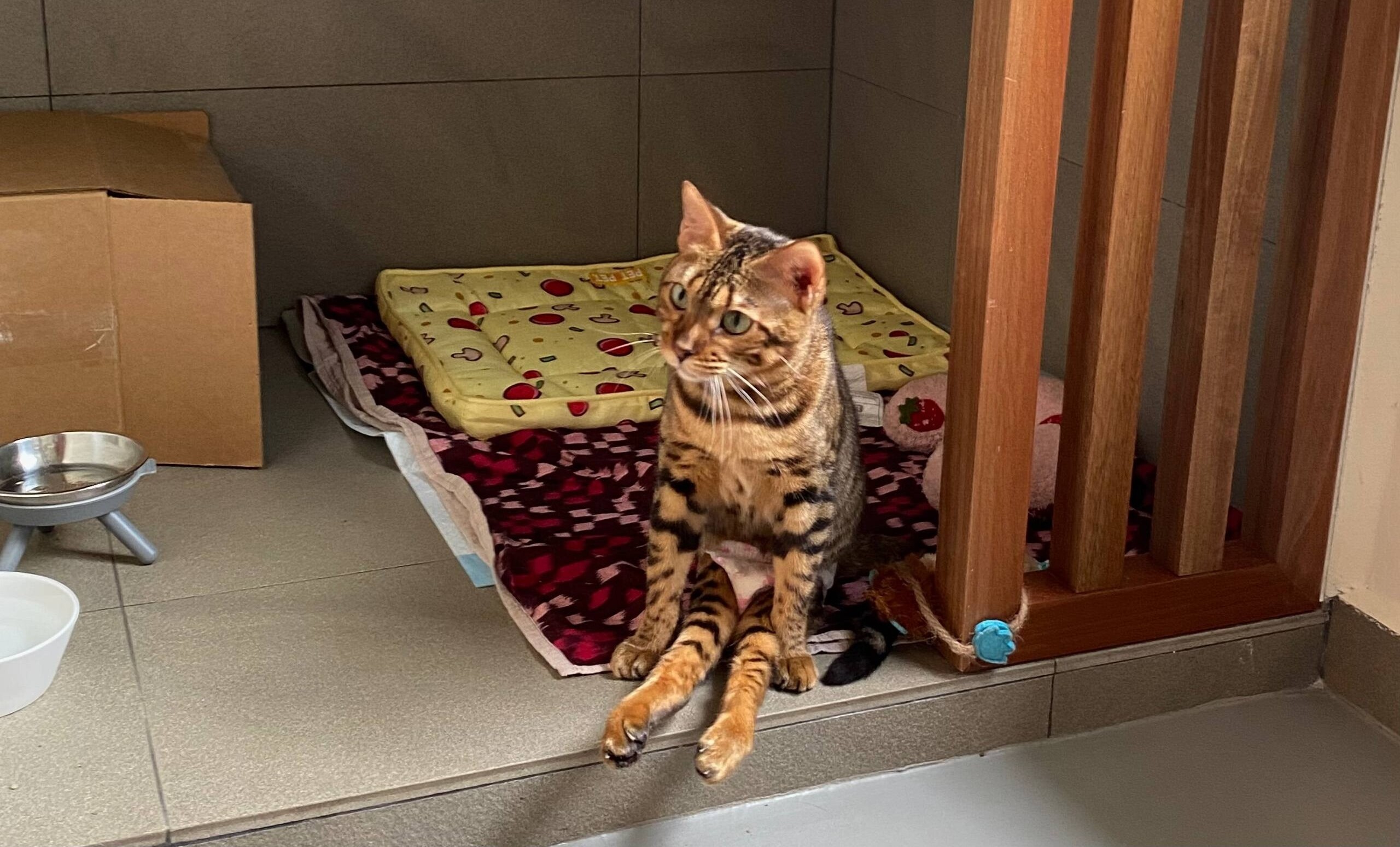
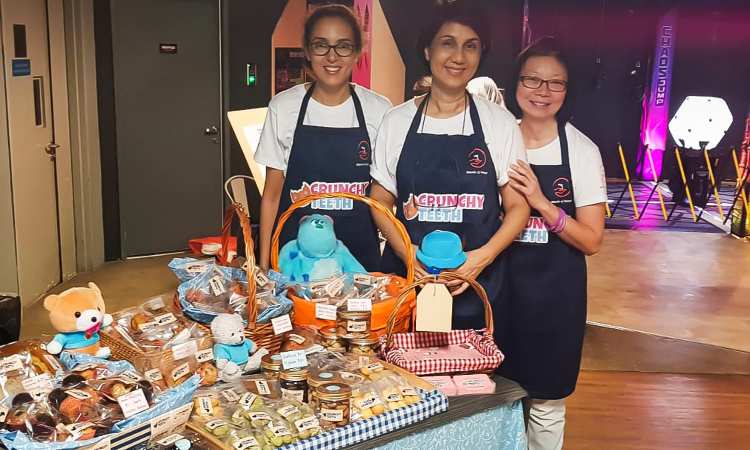
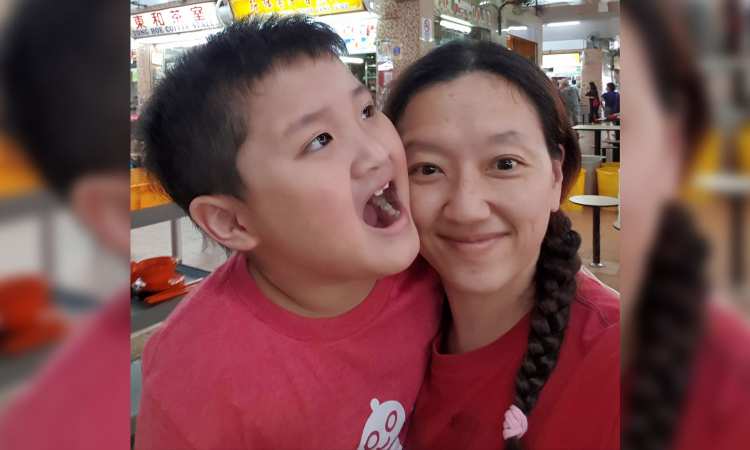
And this isn’t just a daydream of a loving sister. Andrea tells The Pride that she admires how her brother is such a good organiser.
“I think it’s incredible how my brother has this urge to organise everything. When I’m doing my homework, he will sometimes throw away the trash I leave behind, just because he is disturbed by the disorder.”
She recounts with a smile: “When I leave my dirty socks in my shoes, he will help to take them to the laundry basket. I think it’s his nature that makes him this neat, and I am thankful for him in my life. I hope society too will begin to see that being different is not a bad thing.”
We aren’t all that different, after all
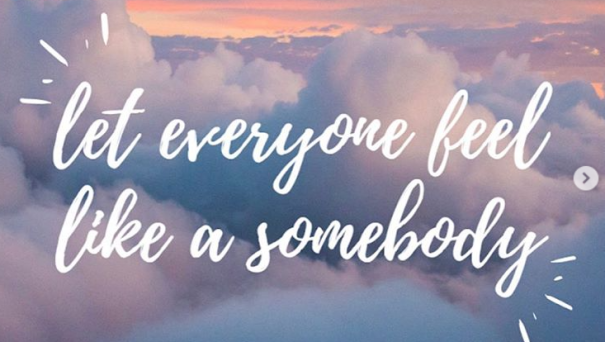
Just like talking to Andrea helped me understand more about autism, watching the Netflix reality show Love On The Spectrum made me realise that, just like any other human, individuals with autism want to love and be loved too.
In one of the interviews, the mother of 25-year-old Michael, who has Asperger’s, a type of autism, says: “I was told that people with autism do not have empathy for others. They will never be able to catch non-verbal cues and will never express themselves to say ‘I Love You’.”
But a relationship specialist who was brought in on the show disagreed, saying that “Michael clearly knows what he wants. He wishes to look for a partner who shares the common interests he has. It is just a different way of doing things. People with autism have incredible affection and deep love, really wanting to connect.”
If you’d like to find out more about autism, follow Andrea’s Instagram account or check out the WhatsApp Autism Community Singapore.
If you like what you read, follow us on Twitter and Google News to get the latest updates.


